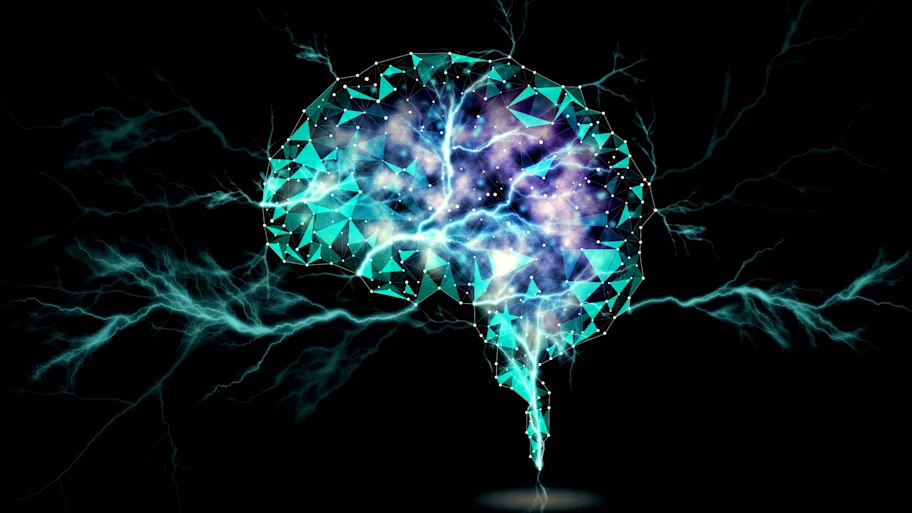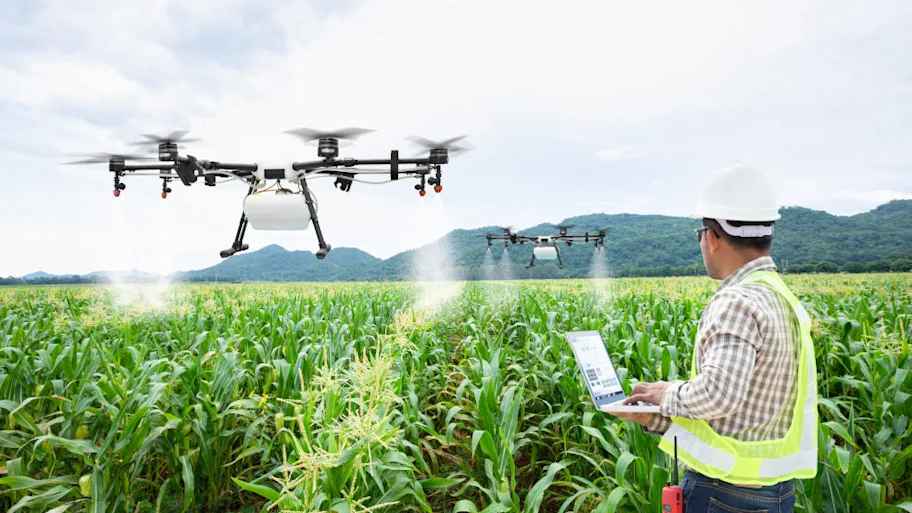
- Science News
- Robotics and AI
- VIDEO: Penn State scientist uses sensors to tackle real-world problems
VIDEO: Penn State scientist uses sensors to tackle real-world problems
by Kirstin Sonne
Artificial Intelligence (AI) is undoubtedly one of the buzzwords of our times and has become the subject of innumerable movies, TV series, novels and conspiracy theories. But despite the high-flying and fantastical predictions which appear ubiquitous in our popular culture, artificial intelligence is still surprisingly limited in many ways.
Although computers are able to make calculations at a scale and speed that is unimaginable to humans, one of the areas in which we maintain a clear advantage over machines is in contextualizing information. “They can’t situate themselves in an environment,” explained Professor Shashi Phoha.
Searching for new ways for computers to put information in context
Currently Professor of Electrical and Computer Engineering and director of the Information Sciences & Technology Division at the Applied Research Laboratory at Pennsylvania State University, Phoha is a leading figure in sensor networks and machine perception and intelligence. Her research focuses on improving the distributed automation of multiple interacting devices and achieving real-time data driven sensor fusion and self-organization algorithms for secure wireless sensor networks. Her achievements in the computational sciences have secured her senior positions in academia, government and industry, and she has over 200 research publications to her name. In addition to this, she is also the Specialty Chief Editor of the Sensor Fusion and Machine Perception section of Frontiers in Robotics and AI.
What has fascinated Phoha most throughout her career is the development of a “new methodology for computing machines and cyberphysical systems that can extract information from data and set up the context in which they are making a decision.” This advancement would be a major breakthrough in the information and computational sciences, as it would make machines far more autonomous and adaptable to their environment.
Using sensors to tackle real-world problems
Phoha has always been particularly interested in the application of these methods in order to tackle real-world problems. As the director of the Information Technology Laboratory (ITL) of the National Institute of Standards and Technology (NIST), Phoha spearheaded research innovations on the National Health Information Network, Electronic Voting Systems and Biometric identification. Her research pertains to some of the most important issues in home and foreign policy making.
Take, for example her latest project, which seeks to make border control more reliable and efficient. Here, seemingly mundane environmental factors can pose a serious problem to the functioning of sensors. “If it’s raining the sensor data is very different,” Phoha said. “If it’s sunny or windy the sensor data is polluted so [the sensors] need to be able to situate themselves.”
Currently, Phoha is working alongside the Department of Homeland Security to implement machines that not only process information, but perceive these changing classification boundaries. Only this perception and fusion of information will allow us to capitalize on the sensors’ full potential. Extremely fine cameras and super-sensitive sensors can only be useful if we know how to process the detail and depth of the information they generate – a task that hugely exceeds human capacities. However, building machines that “perceive these distinctions in order to come closer to human processing” might bring about a revolution in machine intelligence, and could, as Professor Phoha explains, “really define the next generation of automation”.
For skeptics of Artificial Intelligence, this might sound like the next step towards an inevitable dystopian future in which machines rule supreme over humankind. But in fact, Phoha envisions a world in which quite the opposite is the case. Instead of “modeling the whole world for machines,” Phoha is working towards modeling machines that are better integrated in their environment, and that can coordinate complex interacting processes in order to solve the great challenges of our times.






